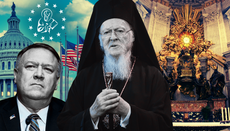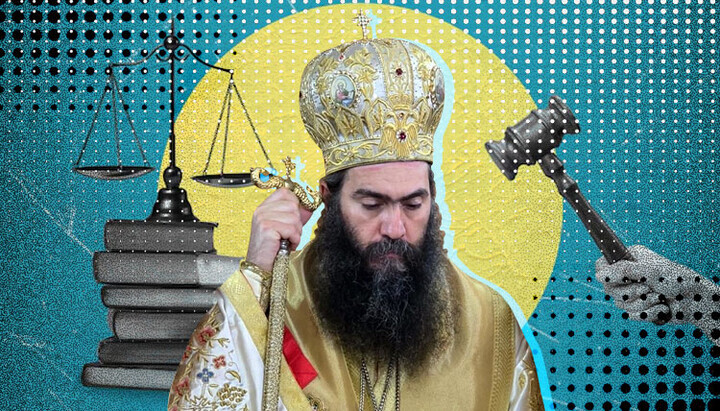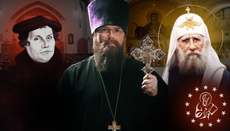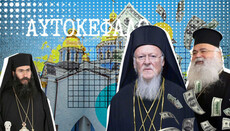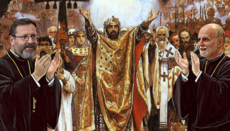Sinai Showdown: What’s Really Going On
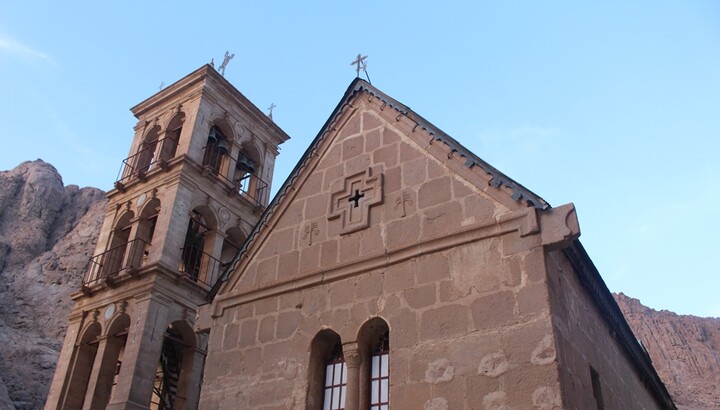
In recent days, conflicting reports about the status of St. Catherine’s Monastery on Mount Sinai have sown confusion and anxiety among the faithful. So what’s really happening?
An analysis by UOJ-America Editor-in-chief Benjamin Dixon.
CAIRO—On May 29, 2025, UOJ-America reported on comments by the Archbishop of Athens and the Prime Minister of Greece regarding the supposed expulsion of the monks of Sinai. The news spread quickly, and by Thursday evening, Egyptian President Abdel Fattah al-Sisi issued a statement asserting that the monks’ status and their use of the monastery had not changed.
We reported this development and assured our readers that we would continue to monitor the situation closely. Some, however, jumped to the conclusion that the whole thing was just “fake news,” claiming there was no issue at Sinai—even calling for posts on the topic to be taken down.
Unfortunately, the reality is more nuanced than what many commentators are letting on.
President al-Sisi’s statement that the monastery’s status remains "unchanged" is true—but it is precisely that status which is at issue.
The Backstory
St. Catherine’s Monastery, founded in the 6th century by Emperor St. Justinian the Great, has been continuously inhabited by Orthodox monks ever since. This uninterrupted presence is significant: at no point was the land abandoned, nor could its ownership have passed to another party.
The status of the monastery was even confirmed by no less than Mohammad, the Prophet of Islam. Mohammed granted a document of his personal protection of the monastery, which has been instrumental in its survival during 1,400 of Muslim rule.
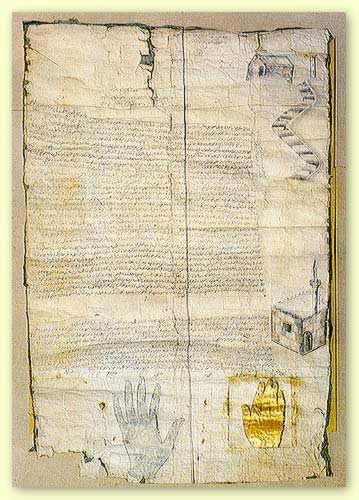
Likewise, when Napoleon Bonaparte conquered Egypt, he visited Sinai and placed the monastery under his protection. Napoleon gave funds for the rebuilding of the north wall, damaged during floods.
With the collapse of empires at the turn of the twentieth century came difficult times for the monastery. The monastery lost most of its dependencies in Sinai during this period.
In 1980, Egypt required those in rural areas (without local land registry offices) to file declarations of land ownership. According to Archbishop Damianos of Sinai, Pharan, and Raitho, the monastery submitted 71 such declarations—for gardens, chapels, and other properties. "We waited for the committee to come and confirm our ownership”
But that confirmation never came.
“For twenty years, we’ve received only excuses,” says the Archbishop. “Others with more land received ownership, but we received nothing. Now we are told, ‘You have no right to be here; you are newcomers.’ But we have lived in Sinai since the sixth century.” Archbishop Damianos himself has lived at the monastery for 64 years. “You can imagine the pain in my heart,” he adds.
This lack of official recognition lies at the heart of the dispute. In 2015, the South Sinai Governorate filed lawsuits disputing the monastery’s claims to the 71 sites, as part of the regional government's broader efforts to develop the region for tourism. The Egyptian government maintains these lands are public property.
Thus, when President el-Sisi says the status hasn’t changed, he is technically correct—as the government never formally accepted the monks’ claim to ownership.
In 2002, the monastery was added to the UNESCO World Heritage List. According to its registration, the buildings and lands belong explicitly to the monastic community in accordance with Orthodox doctrine and Synodal agreements. Yet under the terms of the Egyptian court decision, the monks may use—but not own—property they have stewarded for nearly 1,500 years.
Why This Matters
The distinction between ownership and stewardship becomes dangerous when a future government—less tolerant of the Church—takes power. We need only look to Ukraine for an example.
Under the Soviet regime, monasteries like the Kyiv-Pechersk Lavra and Pochaiv-Dormition Lavra were seized and turned into museums. After the USSR collapsed, these properties were “leased” back to the Church rather than returned outright. That lease was later revoked when the government turned against the Ukrainian Orthodox Church (UOC), favoring a schismatic body known as the Orthodox Church of Ukraine (OCU) instead.
From a secular point of view, these properties were always state-owned and can be reassigned. In truth, they were seized by a hostile regime and never restored to their rightful owners. That same fate could await Sinai if ownership is not upheld.
As Orthodox Christians, we must advocate globally for Church properties to be returned to the Church—not merely leased, borrowed, or permitted for use. Simply writing individual letters to legislators or posting on social media will not be enough; we must establish pan-orthodox advocacy groups with both money and manpower capable of actively lobbying legislators and administration personnel in the US and abroad.
Conclusion
At face value, the Ismailia Court of Appeals decision may appear to be a win. A deeper look reveals it is, in fact, a loss. It is an attempt on the part of the Egyptian government to force through a soft takeover of the St. Catherine's Monastery. Even Mohammad and the Islamic Caliphs, at the height of Islamo-Christian conflict, never seized ownership of the monastery. But in the secular age, this is becoming the norm. It is becoming the norm to deprive Christians of our temples and places of pilgrimage.
Despite the uncertainty, the monks remain firm. They have closed their doors in protest and await God’s justice and the support of the Orthodox world. Speaking to UOJ-America, they said: “We all hope this ‘misunderstanding’ will be resolved with the Court’s decision, and that we can continue to serve the Monastery of Saint Catherine as normal.”
We at UOJ will remain in contact with the monastery and will continue to post updates as they become available.
Let us all remember St. Catherine’s Monastery in our prayers.
